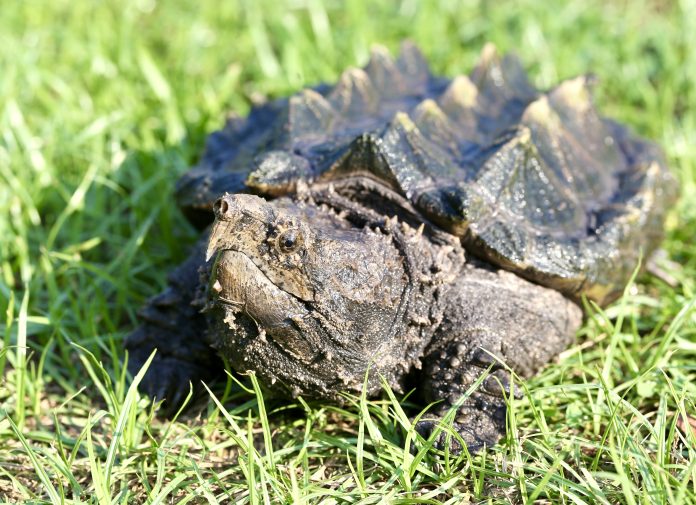
You can help all animals and our planet by choosing compassion on your plate and in your glass. #GoVeg
RELATED ARTICLES
Pressure Mounts For Arizona To Ban Dog Pack Hunting Of Mountain Lions, Bears & Other Critical Species
Conservation groups have submitted a petition to the Arizona Game and Fish Commission urging a ban on the use of dog packs for hunting...
Help Save Millions Of Lives This Holiday By Choosing Compassion On Your Plate; Adopt A Turkey Today!
As Thanksgiving approaches, we hope you enjoy a warm and safe holiday. We encourage you to make a compassionate choice by leaving animals off...
Giraffes Are One Step Closer To Receiving Vital Endangered Species Act Protections
In response to a petition and subsequent lawsuit by conservation and animal protection organizations, the U.S. Fish and Wildlife Service (USFWS) has proposed listing...
Popular stories
News
Global Conservation Launches $50 Million Global Parks Fund To Protect Over 100 Of The Last Intact Endangered National Parks In The World
Global Conservation has established a new $50 million Global Parks Fund focused on protecting endangered National Parks in developing countries.
The organization is the only...
News
Breaking! Born Free USA Exposes Dire Situation Within The Horrific Fur Farming Industry In The United States
Today, Born Free USA published a new report on the fur farming industry in the United States. The new research titled Silent Suffering in...
News
Breaking! Hawaii To Be The Next State To Ban Testing On Animals For Cosmetics; Sign Petition To Pass Federal Legislation As Well
Hawaii is in line to become the next state to ban testing on animals for cosmetics after the Hawaii Cruelty Free Cosmetics Act passed...


